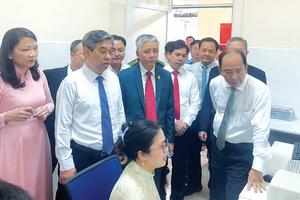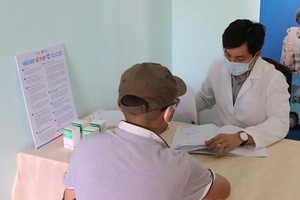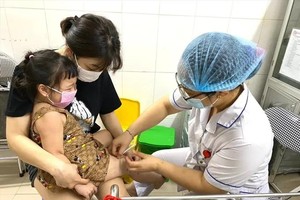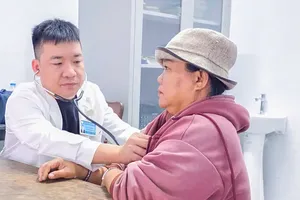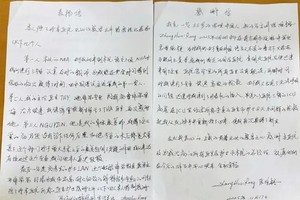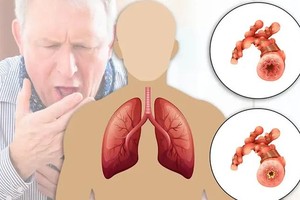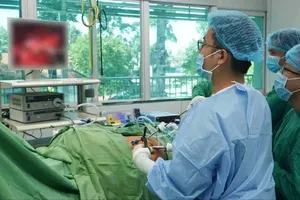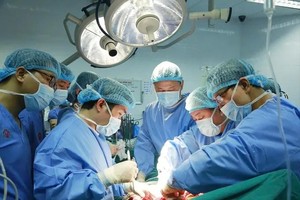
The scientific council chaired by Deputy Director of the Department of Health Ms. Bui Thu Hang examined the patient record, relating document and reports of medical staffs in the incident.
The council concluded that receiving process and procedure before treating followed the Ministry’s guideline. Additionally, proper treatment was offered after discovery of the complications.
The council pointed out 18 patients in the incident had same symptoms including breathing problem, kidney and liver failure leading the council to acute poisoning through blood.
The council concluded that receiving process and procedure before treating followed the Ministry’s guideline. Additionally, proper treatment was offered after discovery of the complications.
The council pointed out 18 patients in the incident had same symptoms including breathing problem, kidney and liver failure leading the council to acute poisoning through blood.
Because the council has not had the result of corpse examination and test result of water, the council could not reach the final conclusion yet they thought the incident might be caused by contaminated water in dialysis machines.
The water needs to be purified to use for dialysis treatments so there’s a system in place to purify the water. Periodically those systems need to be cleaned with this disinfectant. Head of Bach Mai hospital’s Intensive care unit Dr. Nguyen Gia Binh suspected there is evidence of hypochlorite residue in dialysis machine. Patients receiving hemodialysis therapy risk exposure to both disinfectants and sterilants. Dialysis equipment is disinfected periodically with strong solutions of hypochlorite or formaldehyde.
Luong Ngoc Khue, head of the Medical Examination and Treatment Department under the Ministry of Health said, there has been regulation of maintenance and repairs of medical equipment. Director of a hospital will check these equipment or liaise with related agencies to check. Some facilities conduct well yet others have failed to meet the requirements.
The water needs to be purified to use for dialysis treatments so there’s a system in place to purify the water. Periodically those systems need to be cleaned with this disinfectant. Head of Bach Mai hospital’s Intensive care unit Dr. Nguyen Gia Binh suspected there is evidence of hypochlorite residue in dialysis machine. Patients receiving hemodialysis therapy risk exposure to both disinfectants and sterilants. Dialysis equipment is disinfected periodically with strong solutions of hypochlorite or formaldehyde.
Luong Ngoc Khue, head of the Medical Examination and Treatment Department under the Ministry of Health said, there has been regulation of maintenance and repairs of medical equipment. Director of a hospital will check these equipment or liaise with related agencies to check. Some facilities conduct well yet others have failed to meet the requirements.

